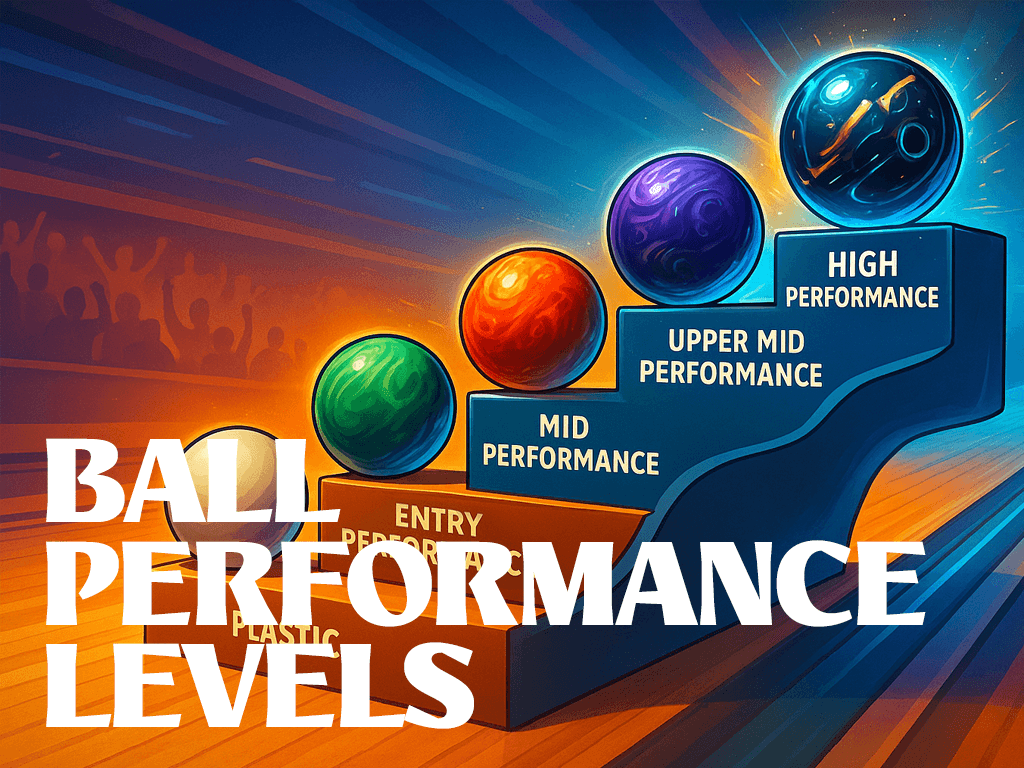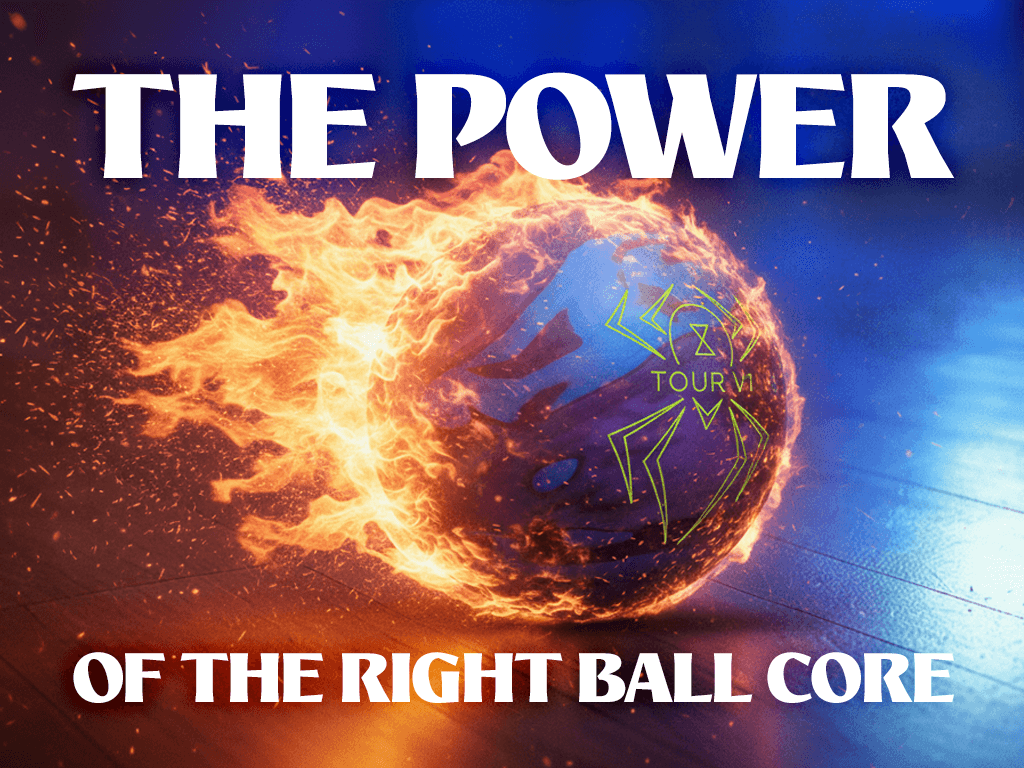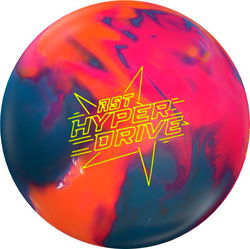Learning About Bowling Balls: Hook Potential
Posted Jun 18, 2024 In: Bowling Ball Knowledge | Bowling Balls | Bowling Balls How To | Bowling Knowledge | Bowling Technology | Bowling TermsBy Bowling.com
If you've ever watched professional bowling on TV, you've probably noticed how much the pros curve their ball and hook into the pocket. That curve is due to something called "hook potential" - and it's a crucial aspect of the sport that bowlers at every level need to understand.

For the recreational bowler, hook potential may not seem like a big deal. You just want to knock some pins down and have fun, right? But having the right ball that matches your rev rate and speed can actually make a huge difference in consistency and scoring. Too little hook and you'll leave a lot of spares. Too much hook and you risk rolling gutters or chopping the rack.
So what factors influence hook potential?
The biggest influences on hook are the core shape and coverstock of the ball itself. Balls with asymmetric cores that are dense on one side tend to have more hook potential. The coverstock (outer shell) material and texture play a big role too - with particle coverstock balls enhancing hook compared to solid ones. Generally, more hook is better for pros and high rev players, while tweeners and straighter players prefer more controlled hook.
But the lanes themselves are another key variable. Most houses have oil patterns that are heaviest in the middle of the lane. So a ball's hook potential will increase significantly as it encounters the drier outside portion of the lane. That's why you'll see pros playing the outside line and getting that dramatic snap at the end. The specific lane surface material also makes a difference, with woods like maple or pine factoring in.
At the end of the day, being able to match your ball's hook potential to your game is one factor that separates OK bowlers from great ones. Developing an understanding of rev rate, launch angle, ball speed and gear ratios takes time. But mastering hook potential is crucial for anyone looking to consistently strike and raise their scoring output.
High-Performance Balls ON SALE
Once you grab a coupon check out the awesome deals above! We have all the bowling gear you're looking for at the kind of deals that make it easy to upgrade.



















